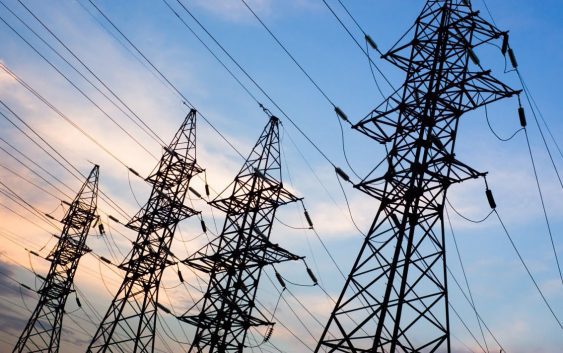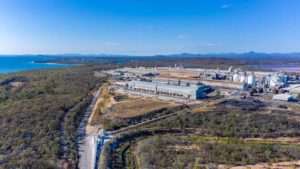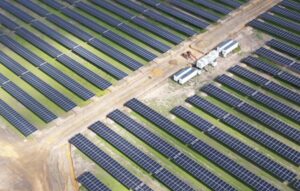A major fault on the Victorian transmission network overnight caused power outages in South Australia for up to an hour, and forced the Portland smelter in Victoria to also go offline.
The Australian Energy Market Operator (AEMO) said that at 01:33 AEDT on December 1, the South Australian power system separated from Victoria, due to an unknown issue on the Victorian transmission network
“The root cause still under investigation,” AEMO said, but added “it is important to note that this event was not related to the Black System event in South Australia on September 28.”
It is believed that the fault lay in an Ausnet feeder line to the Heywood Interconnector in Western Victoria, when a transmission line conductor “hit the ground.”
 It was a case of bad timing, as network repairs elsewhere had put constraints on the grid and that left it exposed to unexpected incidents. If this had happened in a normal time, no one would have noticed.
It was a case of bad timing, as network repairs elsewhere had put constraints on the grid and that left it exposed to unexpected incidents. If this had happened in a normal time, no one would have noticed.
That didn’t stop conservative politicians and commentators from blaming wind and solar. Murdoch’s Andrew Bolt declared it to be more proof that renewable energy cases blackouts, and state Liberal leader Steven Marshall followed suit.
That earned a sharp rebuke from state energy minister Tom Koutsantonis, who said that South Australia had operated effectively as an island, even though some customers lost power as the local network adjusted its frequency and had to shed some load.
“Once again, Mr Marshall has ignored the facts and jumped at an opportunity to blame renewables for the outages. I can only assume he didn’t bother to check where the fault lay.”
AEMO said approximately 220MW was lost in South Australia (equating to approximately 200,000 customers) due to the need to balance the frequency of the network.
South Australian customers had power restored at 02:45 AEDT. The Portland smelter in Victoria was also disconnected from electricity supply for three hours and reports said that BHP’s Olympic Dam mine in South Australia also lost power for several hours.
At 05:41 AEDT, the South Australian power network had been reconnected to the national grid. Prices during the event jumped as high as $14,000/MWh, as gas-fired power stations fired up. Paul McArdle from Watt Clarity has more on the prices here.
AEMO said it is working closely with Victorian transmission network service provider AusNet Services to identify the cause of the fault. “Further details will be supplied following further investigation, however it is important to note that this event was not related to the Black System event in South Australia on 28 September 2016.”
That blackout was also blamed on renewable energy, even though three main transmission lines were blown down by 260km/h winds and the local grid owner and the main generation company said no generators would have withstood the impact of the storms on the network.
However, questions have been raised about the decisions by the market operator, which chose to take no preventative measures, and for many underlined the fragility of a centralised grid, and the risks of storms, bushfires and other outages on an elongated network.
It has led to calls for a think about the design of electricity markets, and a push to localised grid and local renewable generation. AGL CEO Andrew Vesey, and many others, said the best security could be offered by more localised generation, and that meant renewable energy, and more storage.
Environmental groups said the latest outage underlined the need for new technologies such as solar towers with molten salt storage and battery storage.
“A cleaner and more resilient electricity system underpinned by renewable energy and storage is something all South Australian politicians can support,” said Friends of the Earth’s Leigh Ewbank.
He noted Bruce Mountain’s analysis on RenewEconomy that solar and battery storage already offered cheaper electricity to households than the main grid, and this could add to network security.
“The economics of renewables and batteries has profound implications for consumers, solar and battery producers and installers, electricity retailers, centrally dispatched generators, network service providers, market operators, regulators and governments,” Ewbank said.







